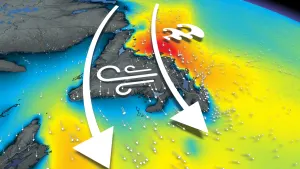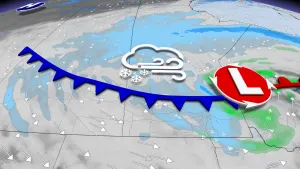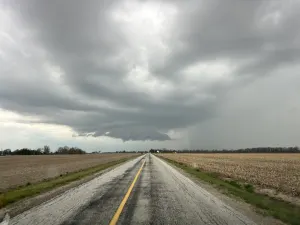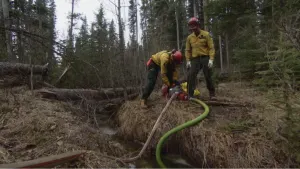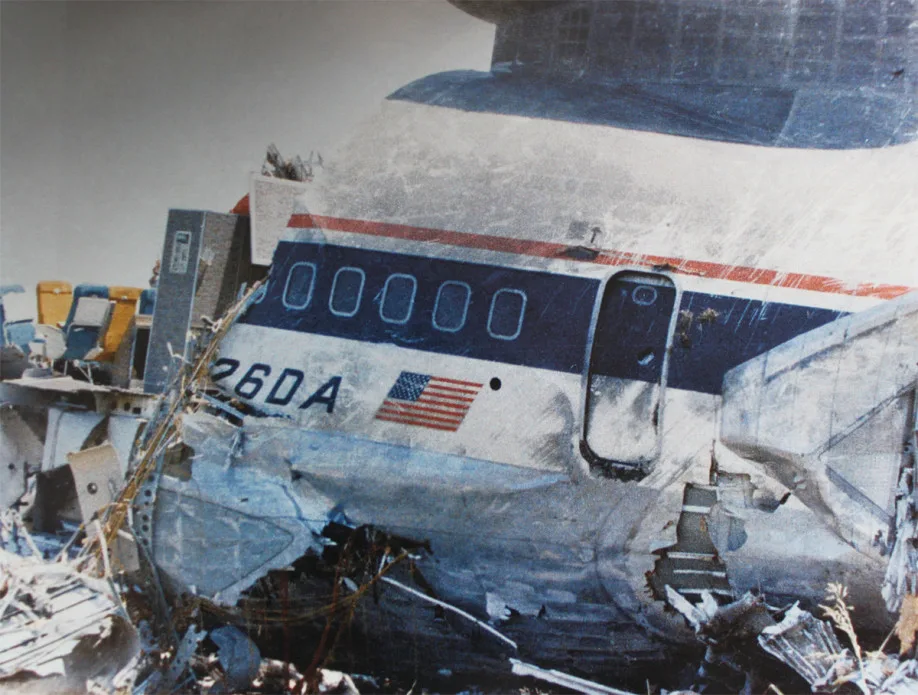
The Delta Air Lines Flight 191 disaster was caused by inadequate storm training
This Day In Weather History is a daily podcast by Chris Mei from The Weather Network. This features stories about people, communities and events and how weather impacted them.
--
On Friday, August 2, 1985, at 6:05 p.m., Delta Air Lines Flight 191 crashed at Dallas/Fort Worth International Airport (DFW).
The Delta Air Lines flight was heading from Fort Lauderdale, Florida to Los Angeles, with a stopover in Texas. There were 163 people on the flight, 137 people were killed and 26 were injured.
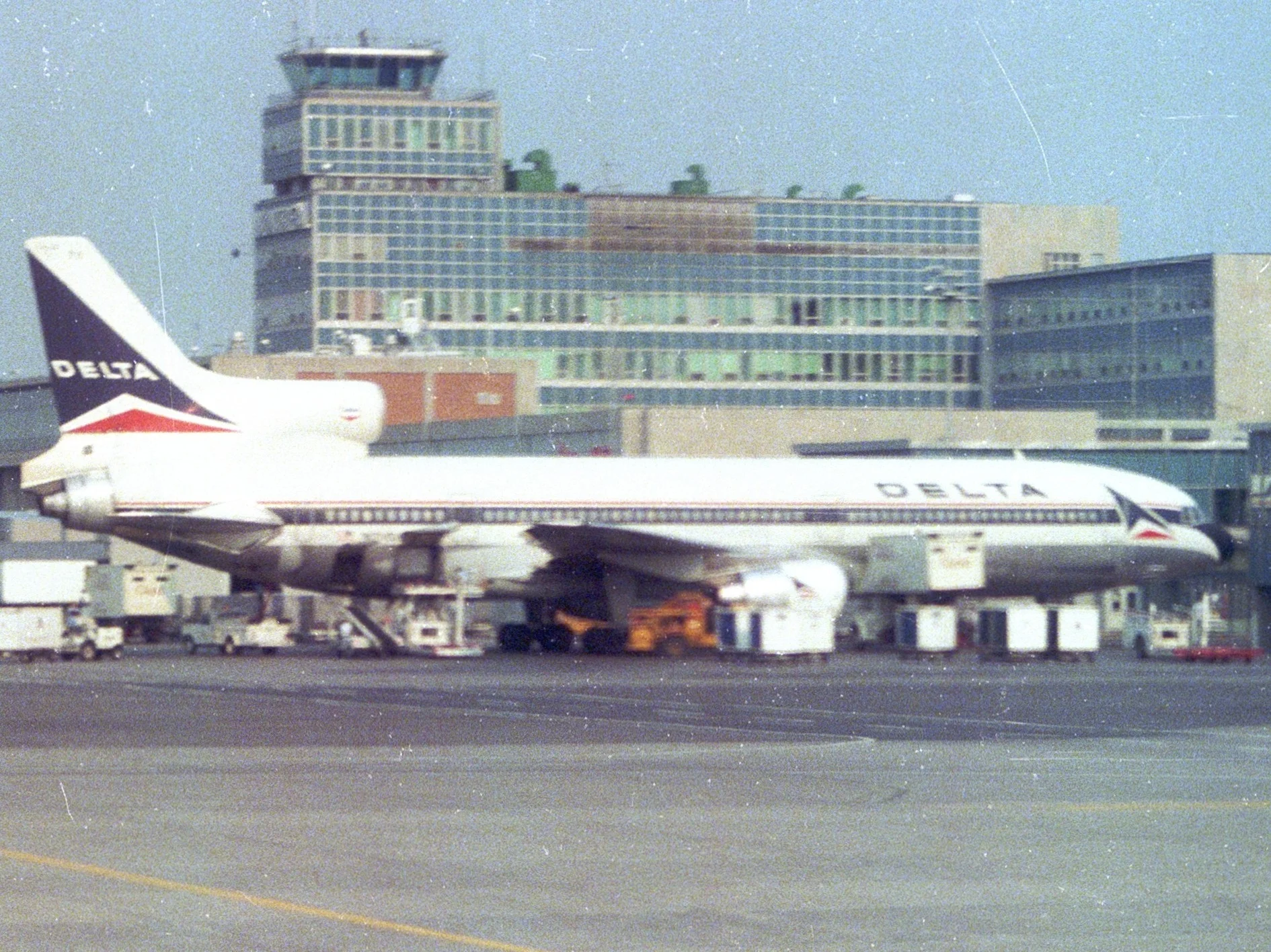
"N726DA, the aircraft involved, photographed in Montreal in July 1984." Courtesy of Andrew Thomas/Wikipedia/CC BY-SA 2.0
The official cause of the crash was a thunderstorm and microburst (a column of sinking air) paired with insufficient training on how to deal with the extreme weather.
The plane's crew included three flight members and eight flight attendants. Edward N. Connors was the captain and had been a Delta Air Lines employee since 1954. According to a National Transportation Safety Board (NTSB) report, in the past, Connors "deviated around thunderstorms even if other flights took more direct routes." Connors had over 29,300 flight hours.
Before the flight left Florida, the weather forecast for DFW stated a "possibility of widely scattered rain showers and thunderstorms," and "an area of isolated thunderstorms...over Oklahoma and northern and northeastern Texas." The crew reviewed these forecasts before departure.
As the airplane approached DFW, the flight crew continuously communicated with the traffic controller. The flight avoided a few thunderstorms as they approached the airport. However, the plane ended up in aggressive weather conditions.
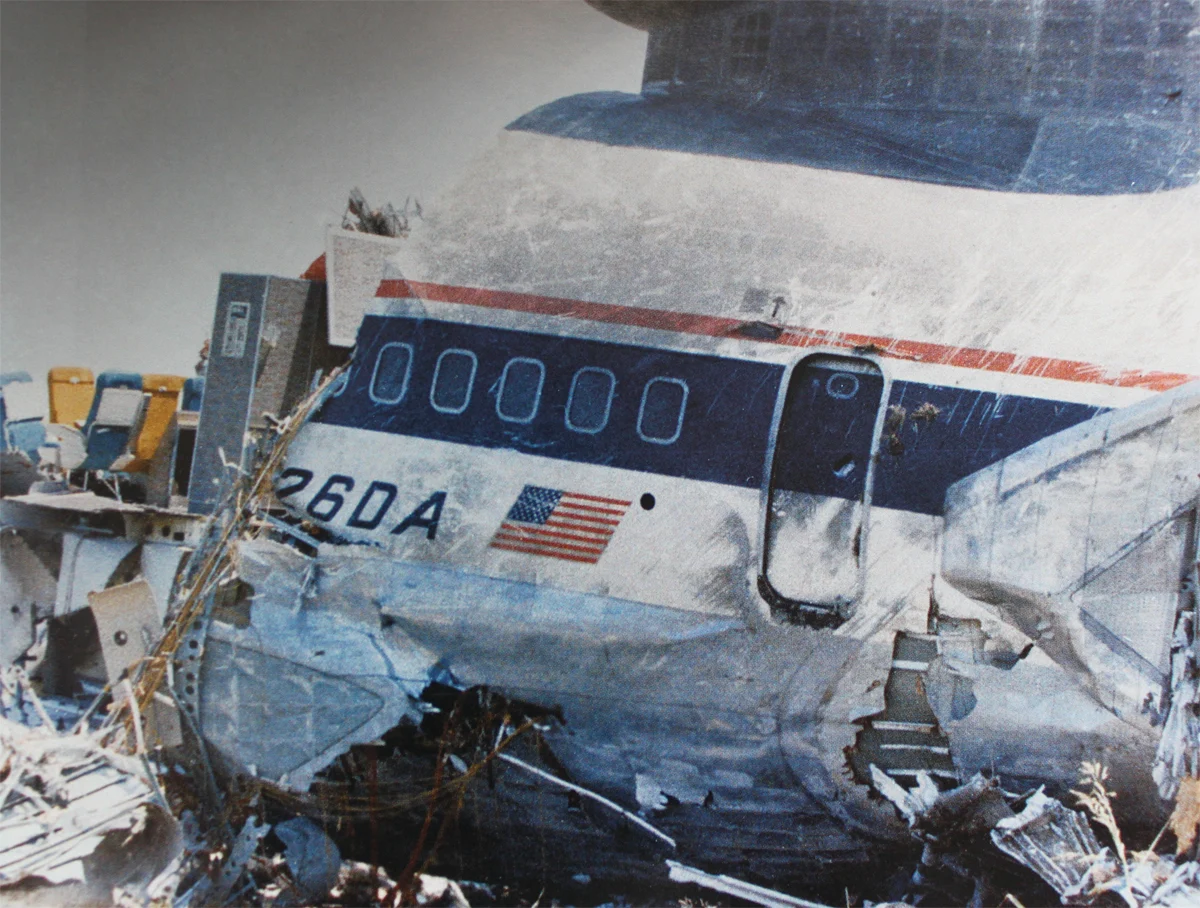
Courtesy of Wikipedia
The aircraft started to descend and eventually lost control, landing 1.6 km short of the runway.
The plane hit a highway street light, skidding along the road at around 320 km/h. The aircraft then struck a car and killed the driver. The plane continued to travel across the highway and started to fragment. Parts of the aircraft caught on fire due to leaking jet fuel. One passenger survived the fire as an open part of the plane allowed the rain to extinguish the flames.
As a result of the crash, pilots were required to learn how to respond to microbursts.
To learn more about Delta Air Lines Flight 191, listen to today's episode of "This Day In Weather History."
Subscribe to 'This Day in Weather History': Apple Podcasts | Amazon Alexa | Google Assistant | Spotify | Google Podcasts | iHeartRadio | Overcast'






